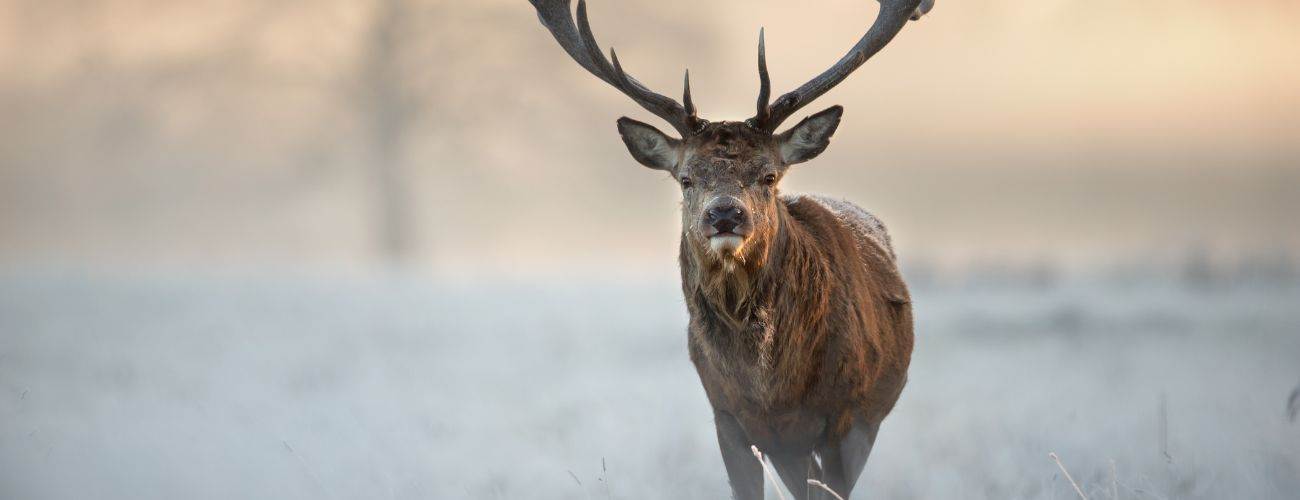Much like other agricultural sectors, the wine and grape industry is facing a significant number of environmental challenges which threaten its survival and development in the long term.
What has become evident is that tackling these challenges calls for collaboration between the various business models that operate within the industry as well as with other indirect actors.
This collaborative goal provided the impetus for Porto Protocol, an international non-profit institution committed to making a greater contribution to climate change mitigation.
This practice-oriented community is built around an open platform where members share resources and workable solutions to common problems in the wine industry. For the sector, Porto Protocol is undoubtedly a place of inspiration for change and collaborative sharing on an international level.
Among its many activities, the community offers Climate Talks, a series of monthly seminars where members discuss and offer solutions on specific subjects.
In order to survive, sheep eat plants, and so the vineyard must provide them with the plants that are essential to their diet. The presence of a greater variety of plant species encourages biodiversity, which in turn helps restore, rather than diminish, ecosystems through agriculture.
The sheep graze in the vineyards, eating the aforementioned plants, as well as weeds that many winegrowers seek to eliminate because they are seen as directly competing with the vines for resources. At the same time, the presence of these animals gives the vineyard a certain level of resistance against pests and diseases.
After completing digestion, sheep produce organic waste—manure—an excellent resource with which to generate compost that can then be used in the vineyard.
Along with crops, animal manure is an ally of soil fertility, providing the micro-organisms in the ground with a source of readily available nutrients, thereby improving the level of organic matter.
In certain parts of Europe, including the DAO area in Portugal, the practice of having animals graze in the vineyards has a long tradition. Wineries have hundreds of sheep and a few sheepdogs. The sheep, accompanied by their guard dogs, head out to the vineyard very early in the morning. In addition, the winery has two employees who assist with the shepherding duties, ensuring that the flock makes it safely across roads. At the end of the day, the sheep return to the winery; a daily activity which repeats for a few months a year.
Grazing sheep
This November, members of the Porto Protocol analysed a fascinating topic: Building Climate Resilience with Animals in the Vineyards.
The idea of working with grazing animals in the vineyard is steadily gaining ground. Based on the available information, it presents winegrowers with a vineyard management tool that is compatible with regenerative, organic, and biodynamic farming practices.
Wineries are increasingly committed to organic, biodynamic, and regenerative viticulture, thereby obliging the sector to find alternatives to the use of agrochemicals in the vineyard.
Grazing animals, such as sheep, help control grass and weeds in the vineyard, in addition to being a natural source of fertilizer. Integrating sheep into the vineyard is a way of naturally maintaining the nutrient cycle—in other words, a way of establishing circular systems in the vineyard.
